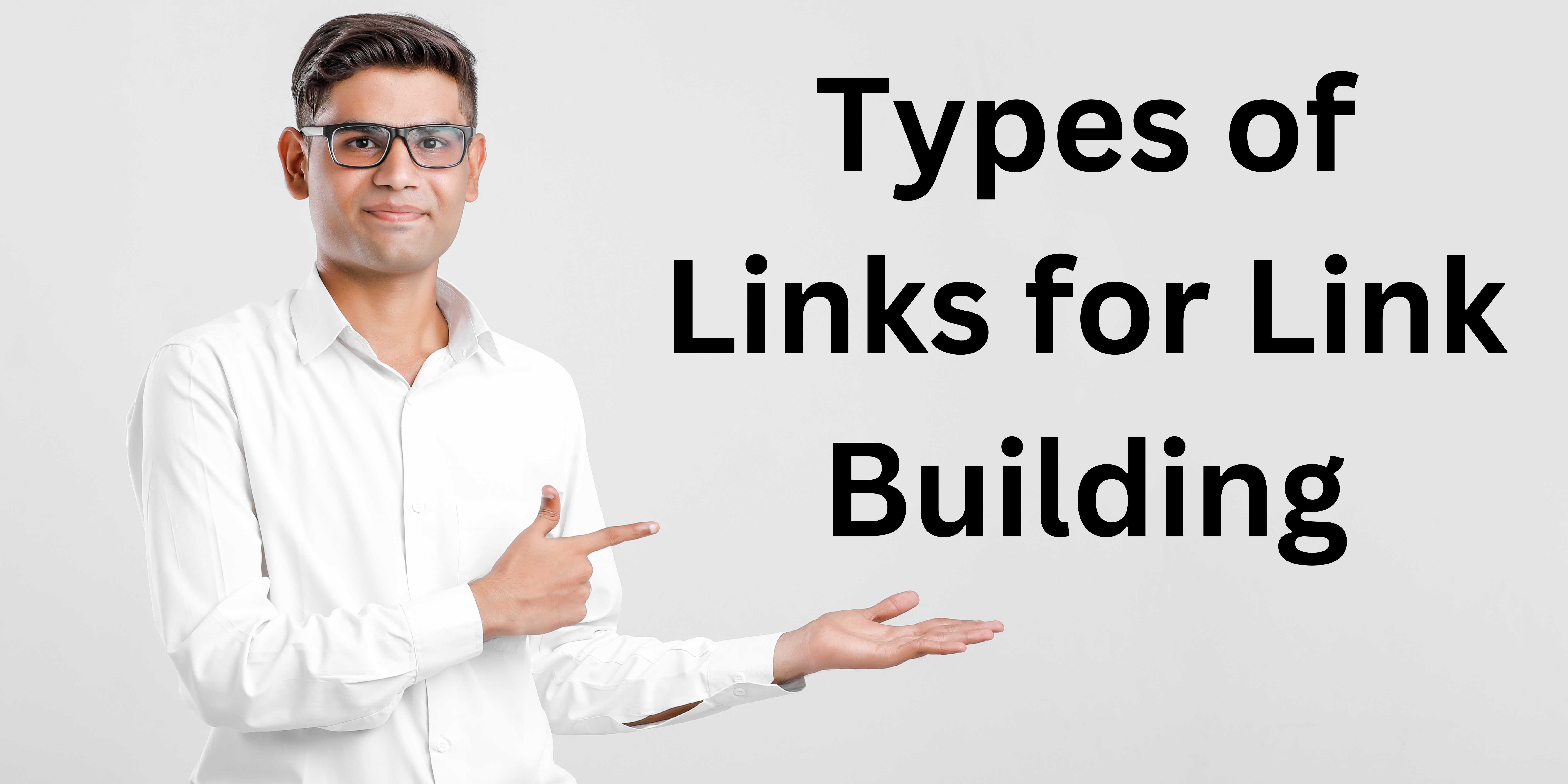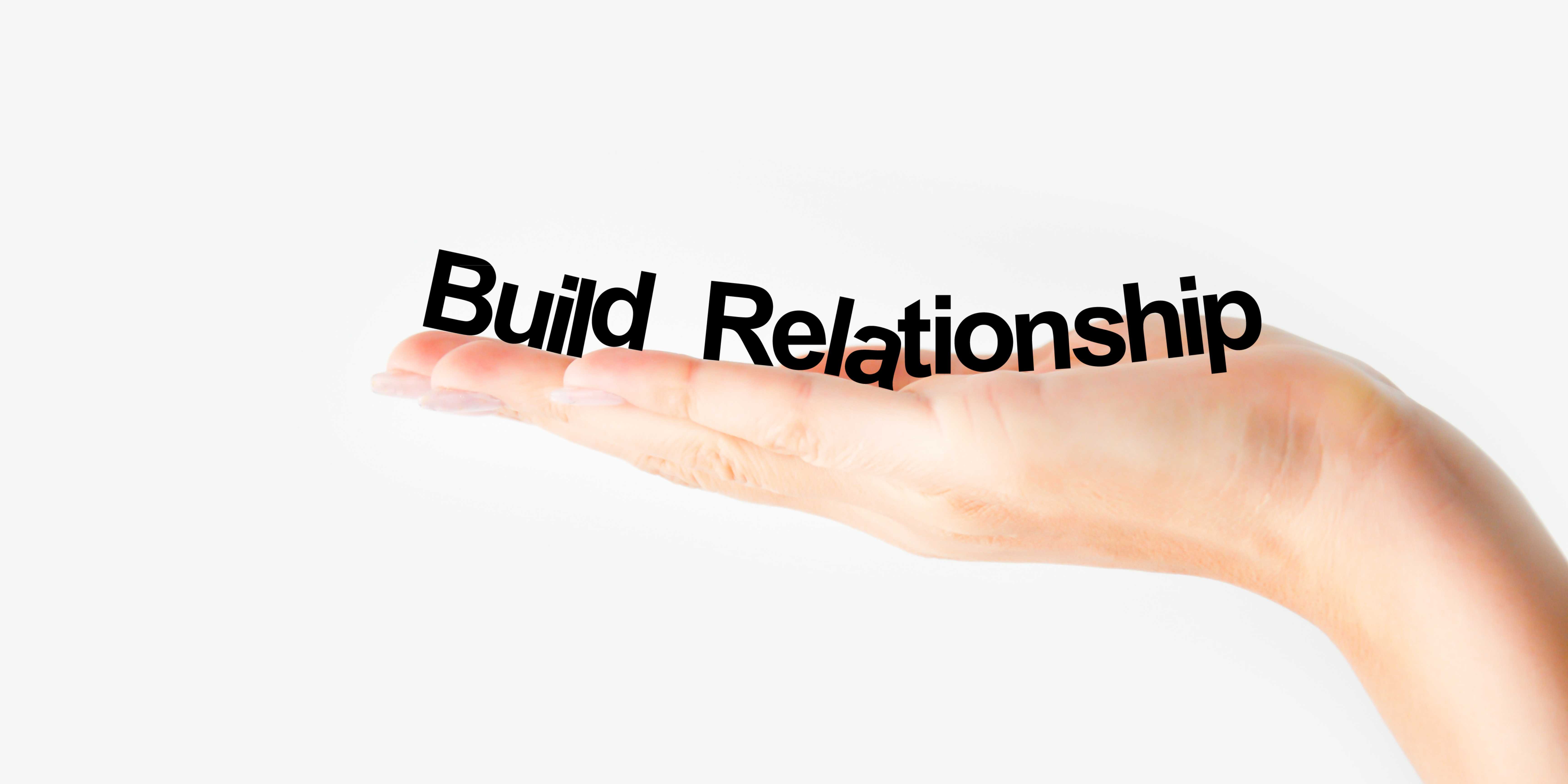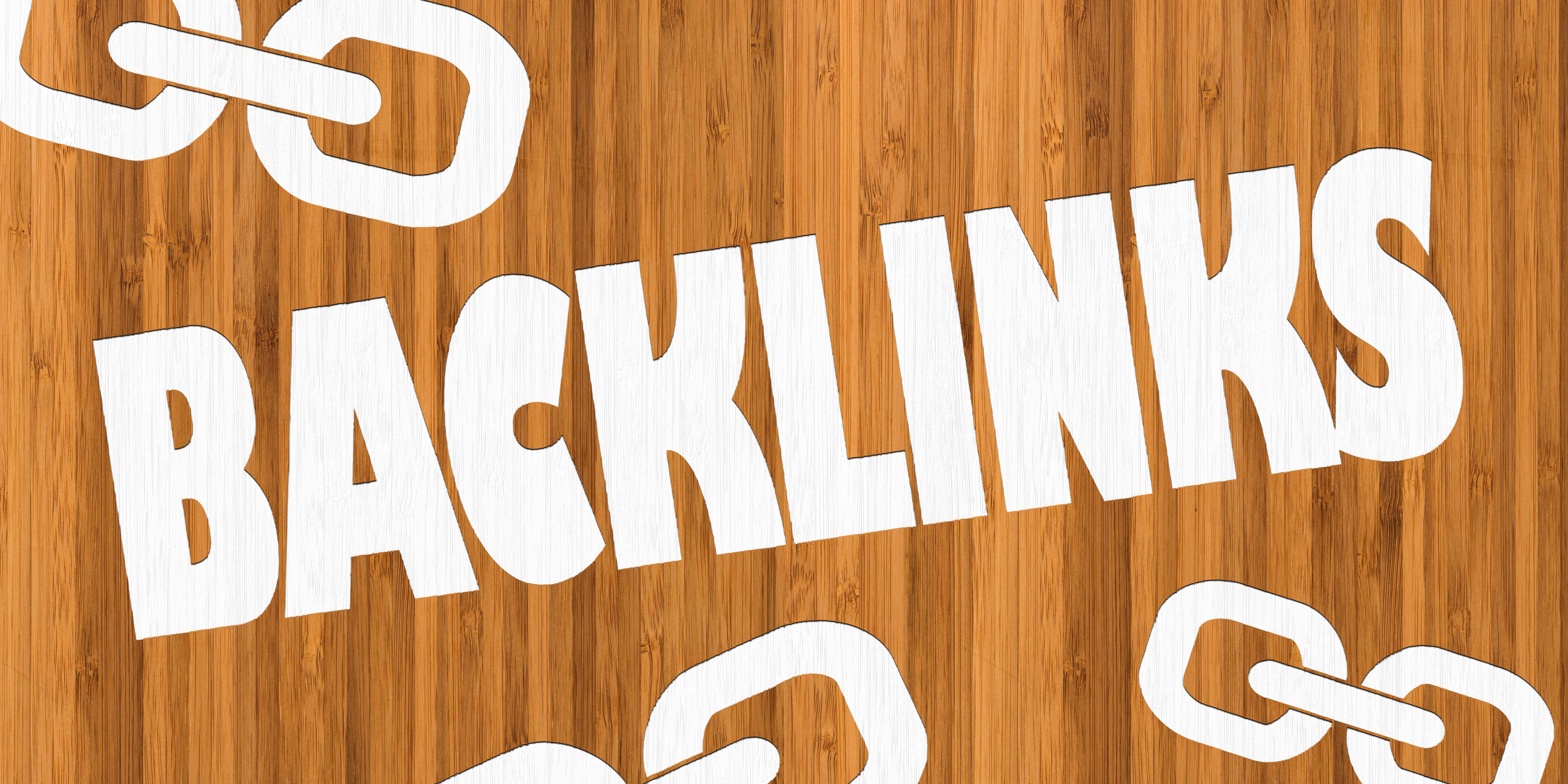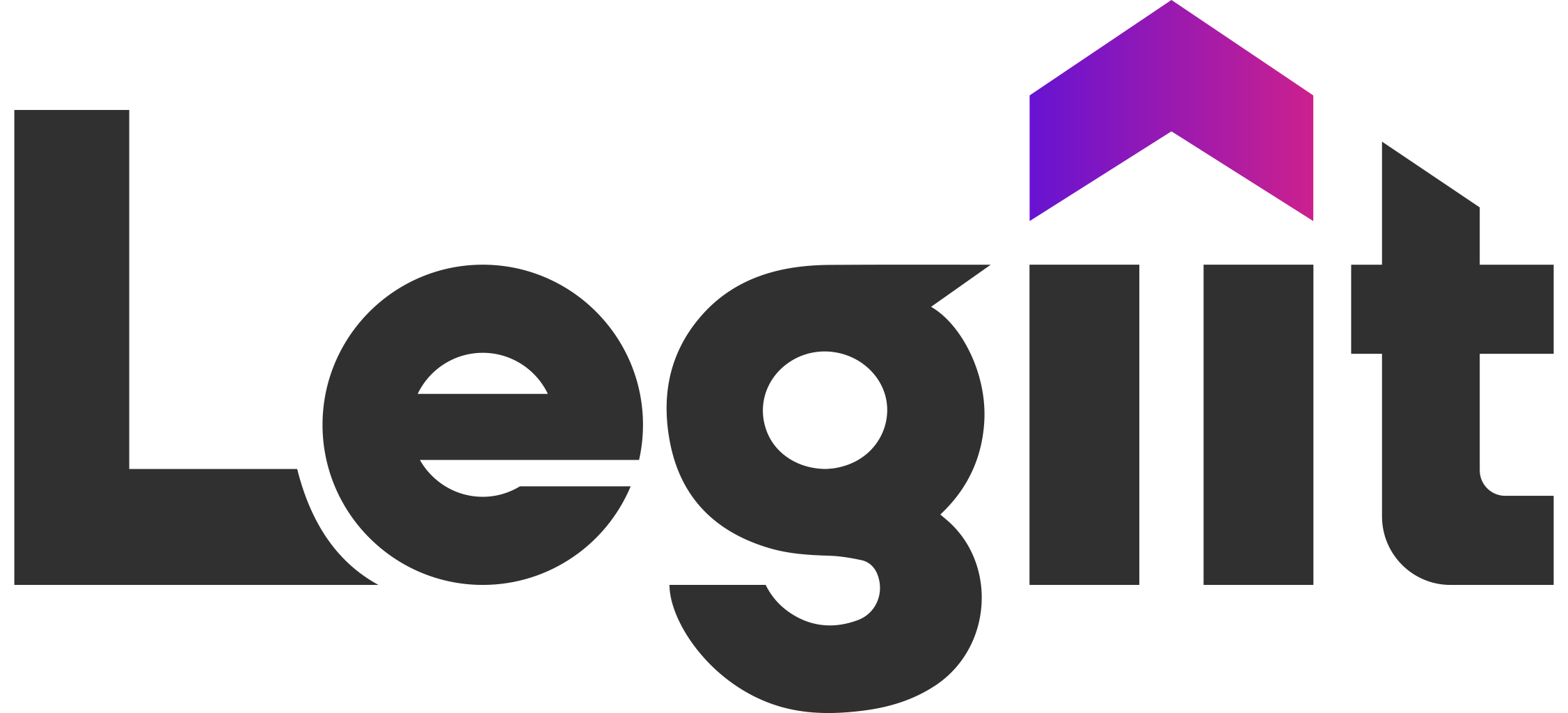Link building is often complicated and time-consuming, even for experienced digital marketers, bloggers, and SEO professionals. But if done right, it can help your website rank higher in search engines. It is an essential aspect of search engine optimization (SEO).
Whether you’re a seasoned SEO veteran or just a business owner looking to increase your website’s authority and visibility in search engine results, there’s more you need to know about link building.
This comprehensive guide to link building covers every detail concerning link building, including its significance, best practices, and strategies for success. We also uncover the best tools to boost your link-building strategy. Let’s start with the definition of link building.
What is Link Building?
Moz defines link building as the process of acquiring hyperlinks from other websites to your own. The primary goal is to improve your site’s authority so that its pages rank higher and bring more search traffic to your website.
Link building is an essential aspect of SEO. The links act as votes of confidence and trust from other websites.
Google and other search engines interpret these backlinks as indicators of your website’s relevance, credibility, and authority within your industry and niche. The more links your website has, the better. But there’s a catch. Your links must be from high-authority websites and domains, including government (.gov) and educational (.edu) sites.
What is Link Building in SEO?

You need quality backlinks to rank for high-traffic and high-potential keywords. And this is why link building is an essential aspect of any SEO strategy.
The quality and quantity of links pointing to your website help determine its ranking on search engine results pages (SERPs).
Link Building vs. Backlinks
Is there a difference between search engine optimization link building and backlinks, or are they just synonyms? Well, it’s easy to confuse the two for each other, especially if you don’t understand SEO. So, let’s compare and contrast these two.
Link building is a proactive strategy of acquiring links (backlinks) from an external website to your website. It's a deliberate effort to create a network of links that point to specific pages or content on your site.
Link building involves multiple tactics, including guest posting, content creation, and outreach to attract and earn links. The goal is to improve your website’s authority, search engine ranking, and online visibility.
Backlinks are the actual links coming from an external website to your site. These links lead to a specific page or resource on your site. Simply put, backlinks are the end results of link building.
Types of Links for Link Building

Not all links are good for your website. While some can improve your website’s visibility and authority, others can negatively impact your SEO strategies.
Therefore, when link building, you must use suitable types of links. And it all starts with knowing the types of links for link building. They include;
Editorial links
Ahrefs defines an editorial link as an organic inbound link not traded for, asked for, or paid for. These links are the most desired and valuable for any site.
However, you can only get an editorial link if you write quality, engaging, and insightful content. Also, some content types, like eCommerce product pages, won’t earn you editorial links.
So now you’re wondering, how do you attract editorial links to your site? There’s only one big secret to attracting editorial links from reputable domains: create and publish quality, helpful content. This includes infographics, studies and research, and definitive guides and tutorials. After all, content is king in SEO and marketing.
The benefits of editorial links include:
- Establishing yourself as an authority
- Brand building
- More web traffic
- SEO rankings
- Build relationships
User-generated links

User-generated links are often from low-quality sources that search engines don’t want to count. However, this is not always the case. The links are placed in user-generated content. This helps search engines understand that the content is generated by website users.
User-generated links can stem from forum posts, comments, or any other place on your site where users can add content. Although the UGC attribute may affect your website’s SEO rank, the impact is often less significant.
Manual links
A manual link is a backlink you acquire from other relevant sites to your own website without automating the process. Manual link building often takes time and effort, and the intent is always to boost search engine rankings.
Unlike automatic linking, manual linking for SEO gives you complete control over your backlinks. The only con is the amount of hard work and dedication needed to build these links.
Why is Link Building Important?

You might be wondering why you need to get other websites to link to your content and pages. Besides being an SEO strategy, how else does your website benefit from link building? And is it worth the time and effort? Here are some of the benefits of link building.
Improved search engine rankings
Link building for websites has a crucial impact on search engine rankings, which makes it vital for any website owner, digital marketer, or SEO professional wishing to tank their sites. Google’s Andrey Lipattsev admitted that links are among the three major ranking factors in Google.
Search engines consider links as votes of credibility and authority. This helps them determine the pages to rank at the top of their search results. This is why pages with many backlinks rank high on search engines.
Remember, search engines look at the quantity and quality of backlinks when ranking pages. Therefore, the only way to appease Google algorithm “gods” is to acquire more quality backlinks like editorial links.
Increased organic traffic

There are two primary ways link building increases organic traffic to your site. First, the practice makes your pages and website rank higher on search engine results. This makes it easier for many people to find and engage with your website.
In fact, a study by Backlinko revealed that the top three Google search results get 54.4% of all clicks. Other sources indicate that over 70% of web traffic lands on the first page of Google search results. Therefore, you should aim for at least a spot on the first page of search engines, if not the top three results.
The second way link building increases web traffic is through referrals. When someone clicks on a backlink to your site, they are introduced to your content, products, or services. This results in an increase in organic traffic and potential conversion.
Enhanced authority and credibility
Backlinks from reputable and authoritative sites act as endorsements. They signal to Google and other search engines that your website is a trusted and credible source of information within its niche.
As a result, search engines and users will perceive your website as credible and high authority.
Increased online visibility
Link building helps expand your online presence. When other reputable websites link to your pages, content, or website, your site becomes more visible to a broader audience.
As a result, link building increases brand awareness and exposure.
Building solid relationships

Link building should not just be about your site. Instead, it should impact your entire business. For instance, link building may involve frequently reaching out to other websites in your industry.
While the goal is to get a link from them, you can build solid long-term relationships in the process. You can focus on building relationships with authors, journalists, or other key influencers in your specific industry.
Search engines can easily crawl and index your pages
Search engine crawlers use links to discover and navigate web pages. Therefore, a website with a robust internal and external linking structure facilitates better crawlability and indexation of your content.
So, if you want search engines to easily crawl your website, ensure it has quantity and quality backlinks from reputable sources.
Proven Tactics for Link Building

Link building can give you a fighting chance to rank on search engine results. However, this can only happen if you adopt the right strategies. What you need to understand is that link building is a gradual process. Therefore, you shouldn’t expect results in a day or when you use a single tactic.
So, how do you get other websites to link back to your site? Here are some effective strategies to adopt.
Create high-quality content
Content is the heart of successful link building. Another website can only link to your web pages, or content if they offer value to their readers. Therefore, ensure your content is valuable, informative, and engaging to attract backlinks naturally.
You also need to be mindful of the type of content you create. Some perform better than others when it comes to link building. Generally, this could be blog posts, infographics, articles, videos, and research reports.
According to statistics, around 56% of websites use infographics. Of this number, 84% find them effective in link building. Therefore, infographics can help you build quality backlinks to your site while generating more organic traffic.
Strategic guest blogging

You can gain valuable backlinks to your site through guest blogging. But this doesn’t mean you should mass guest blogs just for links. This is an old trick that is already dead in SEO.
Many SEOs and website owners used to write articles irrelevant to their niches and with zero authority just to get more backlinks. Of course, search engines discovered this trick.
So, if you’re using guest posting to build links, ensure your posts are unique for the other site. Also, the other website should be relevant, authoritative, and attractive to your audience.
Broken link building
A broken link is a link that leads nowhere—they often go to non-existent pages. This happens when a page on the internet is removed or redirected. A study by Ahrefs found that 66.7% of links to sites are dead.
But broken links are not that bad. You can use them in your link building strategy, especially if you cannot create content for your site or a guest post.
The broken link building strategy is pretty straightforward. You need to find pages on websites or blogs with dead links and replace the link with another to a similar post or content on your site. You can utilize numerous tools to help you find broken links.
Check your competitors’ backlinks

Are your competitors ranking higher on Google or other search engines? If yes, they must be doing things right (and you need to know how they are doing it).
Therefore, one of the most effective link building strategies is spying on your competitors to determine the source of their backlinks. It also allows you to identify keywords your competitors are ranking for and what they are currently doing that’s keeping them at the top. This is what is called competitive analysis.
If you happen to find how and where your competitors get backlinks, you might want to replicate their strategy. For instance, if most of your competitors’ links are from corporate sites, they are probably utilizing outreach and networking for links. Guest blogging might be their secret SEO weapon if they have links from related blogs on the author's profile.
Make your website more visible
You can only get more websites to link to yours if you have a solid personal brand online. Therefore, one of the best link building strategies is increasing online visibility. This way, more people can find you on the web and link to your content or pages.
So, how do you increase your website’s visibility? There are many ways. For instance, focus on off-page SEO. This involves site optimization strategies not made directly to your website, such as fixing broken links and local citations.
Here are some of these strategies;
- Create and maintain your Google My Business Listing: If you have a physical address for your business, consider creating a listing on Google and updating the information regularly.
- Accuracy and consistency of third-party citations: Always ensure that crucial information like your address, business name, and phone number are accurate.
- Claim your listing on user-generated content sites: You can claim your business on these sites and ensure they have the right information about your brand.
Share your valuable content on forums

Don’t just let your content sit on your website just for your common visitors. Instead, share it on forums to boost your link building strategy and website ranking.
Many people use forums to find answers to their questions while connecting with others. As a result, they can help you get more traffic to your site. Remember, forums have rules and practices you must follow when sharing your content.
For instance, you should answer comments, give tips and advice, and link to your post as an extra resource. This way, more people will follow the link to your site to seek more answers or information about their questions and concerns.
Popular forums to engage on include Reddit, Quora, and Facebook Pages.
Collaborate with opinion leaders
Working with people with a media footprint can also help you improve your link building strategy and get your content and website seen. They could be from your industry or influencers.
So, how do you collaborate with experts? For instance, include linkable expert quotes and statistics throughout your content. This makes it easier for people to share it as they find it more valuable. You can also add images containing expert quotes.
It’s worth noting that this link building strategy works best if you have solid connections or networking expiring with thought leaders in your industry. If not, consider sourcing expert quotes from HARO to improve your content. However, ensure you inform them about their expertise featured in your post, or at least acknowledge them in the post.
Reclaim links

Have you ever clicked on a link only to be directed to a 404 error page? Well, that’s probably a broken link. Broken links can occur both internally and offsite. And they both hurt user experience and SEO performance. Broken links often happen when a page has been deleted or due to typos in the link.
However, you can turn your broken links into an effective link-building strategy to increase your website rankings. Wondering how?
First, find the broken links. You’ll need tools (free and premium) like Semrush and Ahrefs to find broken links on your site. Now, once you find the broken link, create fresh content and connect it to the link.
Get active on social media
Today, many people spend their time on social media. In 2022, Statista estimated a total of 4.59 billion social media users worldwide. And by 2027, this number could rise up to six billion.
So, what do these statistics tell us?
Social media is valuable to your link building and SEO strategies. Being active on social media platforms can help you increase incoming links to your site. It’s all about establishing and building a solid online presence to grow your audience size and boost page views.
Common Mistakes in Link Building

We learn from mistakes. However, some can be extremely costly for your link building and SEO efforts. They can hurt your website rankings, performance, and business reputation. We get it; link building can be challenging at times, and mistakes are bound to happen.
However, you shouldn’t make the same mistakes over and over again. Here are some of the most common link building mistakes you should avoid.
Focusing on quantity and ignoring quality
One of the objectives of link building is to get as many people as possible to link to your pages and content on your website. So, the more links you get, the better. This is why many marketers and SEO professionals will use every tactic to get more backlinks. They focus on quantity.
However, when it comes to link building, quality is often more important than quality. The goal is to find high-quality links. It is better to have a small number of high-quality links than a bunch of low-quality and spammy links.
Google and other search engines can easily detect low-quality links and penalize your site for having them. Therefore, you should focus on finding quality links from authoritative websites in your industry. This will increase your site’s credibility and authority and satisfy user intent.
Wondering how to get quality backlinks for your site? Consider sites with high domain authority and relevance to your site. Also, a website’s reputation in the industry can impact link quality. Once you identify a website with high domain authority, offer them valuable resources and content that benefits their audience.
Buying links

There are two primary ways to acquire backlinks to your site for link building. The first is the long route, where you have to follow a well-defined link building strategy. This is often challenging and time-consuming.
The second option is buying links from other websites. However, this link-building strategy can hurt your website rankings. The same goes for link exchanges. Buying links is against Google’s guidelines. Also, many search engines consider link buying a black hat SEO tactic that could lead to hefty penalties like reduced click-through rates, loss of page ranking, and complete de-indexation.
But how would they know you bought links for your link building strategy? Well, search engines are only getting smarter with time. They can actually tell if a link is purchased or acquired the right way. And once they do, be ready for severe consequences.
However, there are still better ways to buy links without getting caught or penalized by search engines. For instance, ensure you choose the right link building service. However, if you know nothing about buying links, it’s best to avoid it.
Creating low-quality content
Content creation is among the best ways to earn backlinks to your site. However, some marketers and SEOs create low-quality or thin content with the sole purpose of attracting backlinks—this can be counterproductive.
Most websites owners don’t get backlinks naturally because their content isn’t worth linking to. As a result, there search engine rankings always drop.
Therefore, you should consider creating valuable, shareable, and linkable content to attract backlinks naturally. This includes case studies, infographics, helpful videos, and guides. This way, many websites will link to your site naturally, boosting your search engine results.
Ignoring link relevance

Google and other search engines consider link relevance (among other factors) when evaluating the quality of backlinks. This means you should only get links from websites in the same niche or industry as yours.
However, a common mistake most marketers and website owners make is getting links without considering their relevance. Well, there won’t be a significant impact if you build irrelevant links occasionally. However, if you build them too often, search engines might penalize your website.
For example, if you run a fashion and design blog, there’s no need to have many links from a home improvement website. In contrast, it’s perfectly okay to get links from marketing, technology, or business publications if you run a project management software site. At least, there’s something that connects these niches.
Remember, search engines expect backlinks to come from related and contextually appropriate sources. So, they may penalize your site if you have too many unrelated websites linking to yours.
Over optimizing your anchor text
Some people think a link with keyword-stuffed anchor text(s) can get them better rankings. But this is not true, and it’s a mistake many marketers and site owners make when link building. While it is good to optimize your anchor texts, you shouldn’t overdo it.
For instance, some people use the same anchor text repeatedly in their backlinks. However, search engines consider this unnatural and can actually penalize your site for this mistake. Note that optimizing your anchor text links is considered a black hat SEO strategy. Therefore, search engines will quickly spam them whenever they notice the exact anchor text appearing more times on your website.
So, how do you avoid this mistake? First, do not over-optimize your anchor texts. It might ruin your link building strategy and get your website rankings down. Also, diversify your anchor text to include variations and relevant keywords while maintaining a natural flow.
Additionally, consider using a natural anchor text that aligns with the linked page's content. This helps improve user experience while preventing penalties from search engines.
Not building relationships

Failing to build relationships is a common and huge link-building mistake people make. What they don’t know is that these relationships can offer valuable link-building opportunities. For instance, another website owner or content creator will easily link to your site all the time if they know your brand well.
However, if you fail to build relationships with web admins, influencers, and content creators, you’ll likely miss out on link building opportunities. Other websites and search engines may not trust your site as a credible source of information.
So what’s the solution to this mistake?
Well, you want links from other websites, right? So, it’s only fair that you give the same to them—like a tit for tat. Therefore, you want to engage with other sites by commenting on and sharing their content. You can also collaborate on content creation to build mutually beneficial relationships and gain valuable backlinks.
Not monitoring your backlinks
This is another common link-building mistake made by marketers and website owners. While you may be focused on getting links to your site, you must also monitor those links and their impact on your rankings. If not, your link building strategy will likely fail.
Many SEO professionals and marketers trust their link building campaigns such that they assume their backlinks will always function perfectly. However, this is not always the case.
For instance, changes in the referring domain ownership might affect your backlinks. The new owner might opt to change pages and eliminate your links in the process. Or, they might keep your link but update the page's content to something irrelevant.
The solution…
Use backlink monitoring tools like Moz and Ahrefs to monitor your backlinks regularly. Check for broken links and correct them so you don’t lose valuable backlinks. Also, check for low-quality links and take action to prevent consequences and penalties from search engines. Bad links that can’t be removed should be disavowed.
Tools for Effective Link Building

Link building strategies have changed over the years. Today, you can automate your link-building campaigns thanks to the powerful tools and software solutions in the market. These tools are invaluable in every step of the link building process. Here’s how they can help;
- Link research
- Prospecting for backlink opportunities
- Reporting
- Backlink tracking
Want to get more powerful backlinks quickly? Here are the best link building tools to use.
Ahrefs (Content Explorer)
If you’re an SEO pro, you understand how valuable Ahrefs is to your link building and SEO strategies. This tool offers an extensive database and robust reporting. Here’s how you can use Ahrefs for your link-building;
- Identifying link opportunities
- Analyze backlinks
- Link outreach
- Bulk analysis of link vetting
Our favorite Ahrefs feature for link building is the content explorer, a searchable database of more than 9 billion pages. While it’s excellent for content research, it’s also a good source of link prospects.
The Ahrefs Webmaster Tools (AWT) allow you to see backlinks to your websites for free. However, you can upgrade to a paid plan starting at $82 per month to research and view other sites’ backlinks and use Content Explorer.
Semrush (Backlink Gap and Link Building Tools)

Semrush is a complete SEO toolkit that excels at backlink research. Semrush’s link building and Gap tools will be invaluable if you're building backlinks.
The link building tool lets you discover new link opportunities using its extensive database of over 43 trillion backlinks. On the other hand, the Gap link tool helps you find out new link prospects. You can use it to compare your site’s link profile to your competitors and discover domains linking out to your competitors but not you.
You can try semrush for free or use a paid plan starting from $129.95 per month.
Hunter
This all-in-one email outreach platform allows you to set up and manage your link building outreach campaigns effectively. The tool helps you find all emails linked to a domain or person’s email address in seconds.
While the core objective of Hunter is to help you find email addresses, you can still use it for outreach. You can start with a free plan and enjoy up to 25 searches a month then upgrade from $49/month.
Buzzstream

Looking to scale your email outreach? Buzzstream is an effective tool. This tool allows you to manage, organize, personalize, track, and send emails all in one place.
Additionally, you can add multiple users to your account and assign tasks between them.
Buzzstream offers a 14-day free trial. From there, you can upgrade to their premium plans starting from $24/month.
Final Take on Link Building
Link building remains a cornerstone of successful SEO. It allows you to harness the power of backlinks to boost your website’s authority, climb search engine rankings, and ultimately drive more organic traffic. However, this SEO strategy only works if you do it right.
Therefore, you must master effective strategies and avoid common pitfalls to reap the benefits. And luckily, there are multiple tools to help you complete your link building. We hope you found this SEO link building guide helpful. If you did, use the insights to build a successful link building strategy to boost your website’s authority and rankings.








 Download
Download